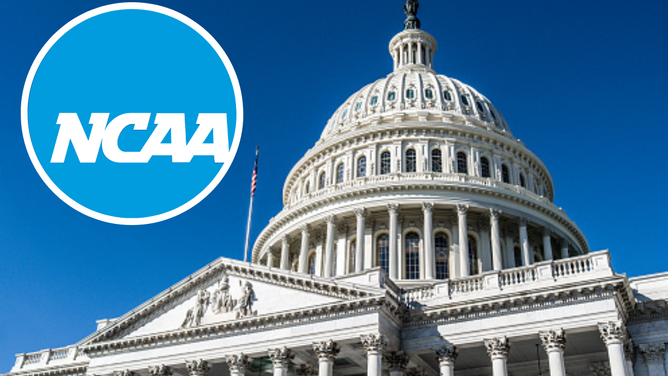Nick Saban and Jimbo Fisher’s 2022 NIL Spat Sparks Uncomfortable Conversations Among College Coaches
Reflecting on a pivotal moment in college football history, it appears that Nick Saban and Jimbo Fisher inadvertently ignited a chain reaction within the college football landscape regarding Name, Image, and Likeness (NIL).

Nearly two years ago, Nick Saban, then the Alabama head coach, made waves during a discussion in Birmingham about the evolving landscape of college athletics. Saban’s remarks drew attention to the growing influence of NIL, with coaches grappling to navigate this new terrain. Saban’s unprecedented move of publicly criticizing another program for allegedly buying players shed light on the murky waters surrounding NIL regulations and ethical boundaries in recruiting.
Amid speculation that Texas A&M boosters were heavily investing in their recruiting efforts, Jimbo Fisher’s success in landing a top-ranked recruiting class added fuel to the fire. Meanwhile, Saban adamantly denied utilizing NIL incentives to secure commitments from players.
However, the aftermath of Saban’s comments set off a domino effect, prompting a flurry of reactions across the college football community. Fisher, responding to Saban’s allegations, vehemently defended his program’s integrity while taking a direct swipe at Saban’s coaching methods.
The contentious exchange between Saban and Fisher underscored the discomfort many coaches felt discussing NIL and its implications for recruiting. Despite legal clarity on the matter, coaches remained apprehensive about openly addressing the financial aspects of recruiting, fearing repercussions and public scrutiny.
As the college sports landscape continues to evolve towards a more professional model, fueled by NIL opportunities, coaches find themselves navigating uncharted waters. While NIL offers unprecedented opportunities for student-athletes, it also poses challenges for coaches adapting to the new realities of collegiate athletics.
As we approach another transfer portal period and face ongoing legislative discussions surrounding NIL, the echoes of Saban and Fisher’s clash serve as a reminder of the profound impact of NIL on college football’s trajectory.
